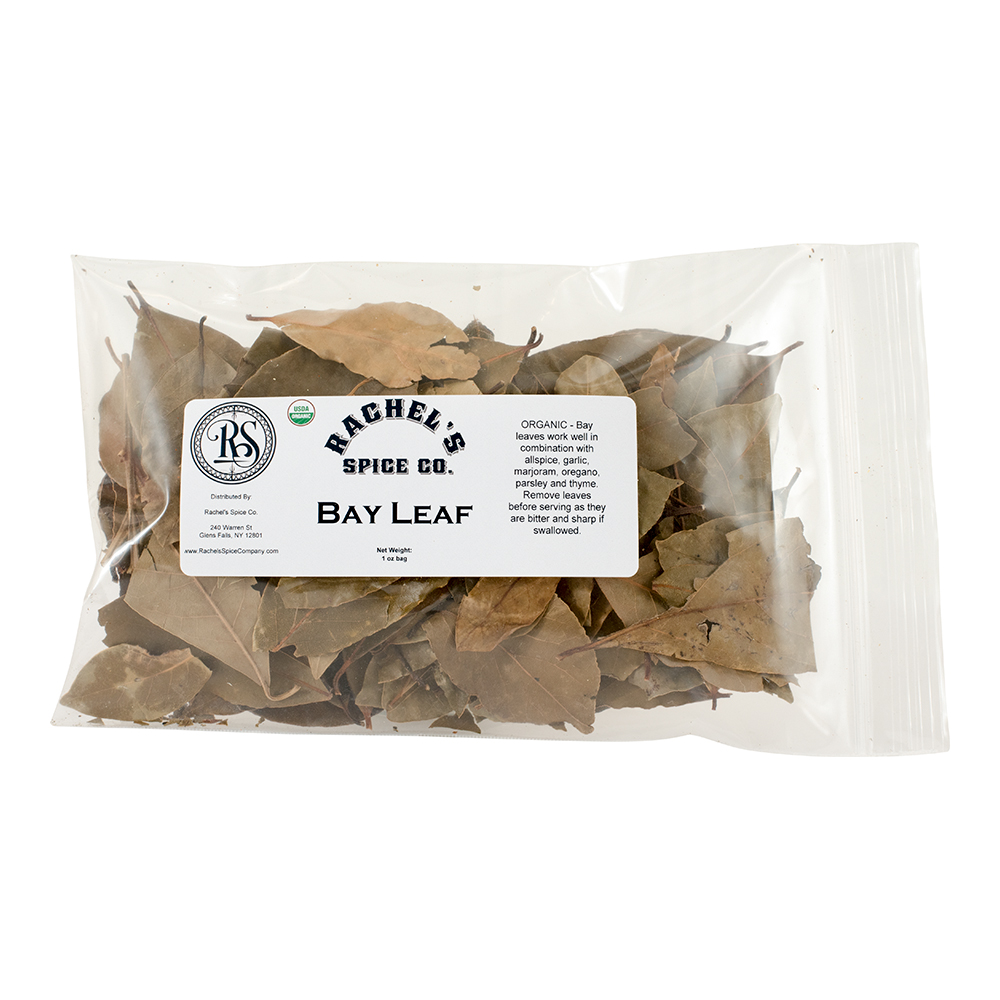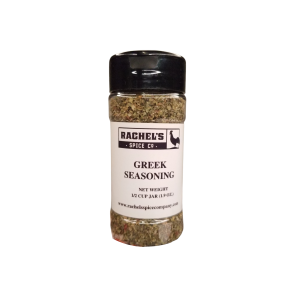Bay Leaves are a staple ingredient in Mediterranean cuisine and are also found in many Armenian, Greek, North African and Turkish dishes. In Europe they’re typically added to soups, stews, pickles and fish and meat marinades. The French add bay leaves to their popular bouquet garni blend, and bouillabaisse. The Moroccans add them to their pickled fish, stews, and tagines. In Turkish cuisine, bay leaves are added to kebabs, fish casseroles, and grilled fish. Bay leaves, Laurus nobilis, are from the family Lauraceae (laurel family). Indigenous to Asia and the Mediterranean, bay leaves are rarely used fresh. Dried bay leaves have a more pleasant, sweeter taste than fresh and the flavor becomes more intense the longer it cooks.
One or two bay leaves are typically enough flavoring for most dishes of six servings.
Bay leaf should be added to a dish early in the cooking process, as it takes a while for its flavor to fully penetrate the food. You should remove the leaves before serving; as they are bitter and sharp if swallowed. If your stored bay leaves turn grey, they have lost their chlorophyll and they should be replaced.
Bay leaf has a bitter, spicy, strong and pungent flavor with a cooling undertone. The taste is piney with hints of nutmeg and clove with camphor-like notes. As with many spices, the aroma of the bay leaf is more noticeable than its taste. When dried and crushed, the leaves possess a powerful aroma that is sweet and a bit grassy. The fragrance is herbal, slightly floral, and somewhat similar to oregano and thyme.
Bay leaves sold by the dozen.






Reviews
There are no reviews yet.